It’s no small secret that this final post in the series about John Monroe Ganus’ life is long past due. I could blame the delay on my recent move, on some challenging family circumstances or countless other things, and although those things have undoubtedly played a part, the truth of the matter is, I’ve struggled to know how to bring it all to a close. If you missed the beginning of John’s story, you will want to go back and read it beginning with this post.

Up to this point, land records, newspapers, US. Population Censuses, Agricultural Censuses, journals of LDS missionaries and LDS church membership records have provided me with details and insight into John’s life. I had hoped to end his life story with the same level of detail. But sadly, after John’s move to Colorado, the sources began to dwindle.
What I do know is that the Ganus family remained in Colorado until about 1894, and then they once again packed up and moved. A move was never a cheap or easy endeavor and yet, despite the difficulties and just short of being 70 years old, John, along with his family made the roughly 690 mile trip from Manassa, Colorado to Indian Territory, now known as Oklahoma.
Indian Territory in the mid to late 1890’s posed many challenges. Lack of good medical care, the difficulty in growing gardens and crops, in addition to the challenge of finding adequate housing meant many families lived in shacks and sod houses while having to go without. Most frontier towns had more saloons than churches and outlaws roamed the countryside.
Availability of land enticed many folks to move to Indian Territory and yet I find no evidence that any member of the Ganus family acquired land there in the early days. They arrived well after the initial Land Run of 1889 and no record has been found to show that they obtained land in any of the later runs.
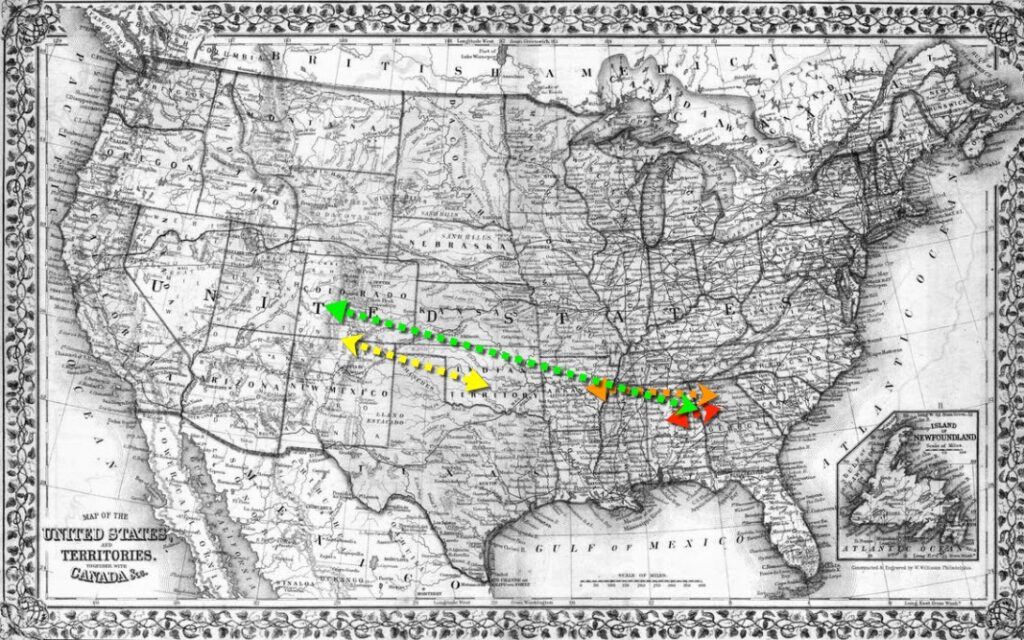
John’s moves: Red, Georgia to Alabama in early 1860s, Orange, Georgia to Arkansas late 1860s.
Green, Georgia to Colorado 1887, Yellow, Colorado to Oklahoma late 1890s.
Not only is it difficult to understand why they moved to Indian Territory, it is equally difficult to fathom why they were willing to leave Colorado.
Leaving Colorado meant leaving behind their homes as well as an established community of other southerners and other members of their church. Some of their neighbors in Manassa had traveled with them when they left Georgia in 1886. The Ganus family also left behind the graves of their tender young grandchildren who had died much too young.
Given the challenges of moving yet once again, I can only assume their decision to leave was mulled over for some time and discussed at length among their sons and their families.
This would be John and Olivia’s final move. Roughly six years later on the windswept plains of Oklahoma, Olivia passed away on 12 September 1902 at 71 years. John would live another four years, dying on 9 April 1906 at the age of 79.
After a lifetime of looking to their father for direction and guidance, the five brothers would be left to stand on their own. The oldest son, Frank was only 54 years old when he passed away a few months after his father, John. Frank’s wife, Sarah was only 45 years old when she followed three years later and so Frank and Sarah’s sons were sent to back to Colorado to be raised by Sarah’s brothers. The other four Ganus brothers, John, Roderick, Newton and Robert, remained in Oklahoma, and all but Newton, who never married, raised their families there.
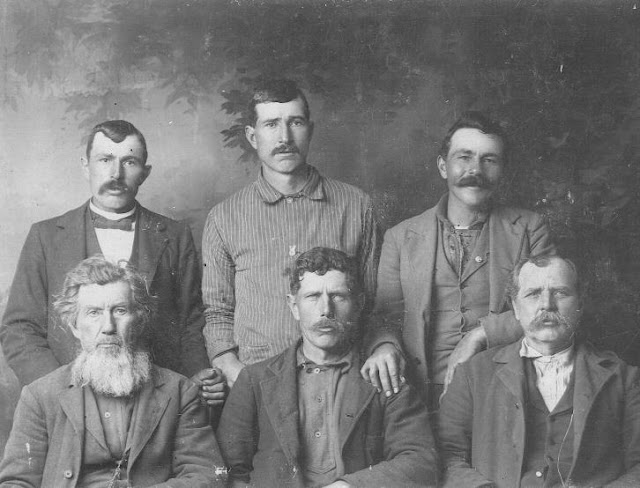
TR-L: Robert Lee Ganus, Roderick Monroe Ganus, Newton Lafayette Ganus
BR-L: John Monroe Ganus, John Thackason Ganus, William Franklin Ganus
I often study this picture of John and his sons and wonder what they would tell me if they could. Taken in Indian Territory, my guess is that the photo was taken sometime between Olivia’s death in 1902 and John’s death in 1906. Although I understand that photography was different in those days, I can’t help but think they look a little tired, perhaps a little worn by years of difficult and trying experiences. Newton in the top right of the photo is the one exception. Although he wears a smile, I suspect the smile had more to do with the head injury he sustained as a child and less about his view on life.
Although I have learned a great deal about John over the years, there remain many questions. Why didn’t John enlist in the Civil War along with his brothers and brothers-in-law? Why did he move to Arkansas for a few short years following the Civil War? Why did John listen to the LDS missionaries when so many would not? Why did he openly allow the Mormon missionaries to have cottage meetings in his home in Georgia and share what little he had with them when he obviously had so little and the risks were so great?
As I look at John’s life, I see a man who sacrificed much and took many risks for what he believed. I see a man who established such strong family ties with his sons that the extended family remained together through the hardest of times and through many moves. I see a man who made difficult choices and wasn’t afraid of change. I’ve been blessed by his choices and am grateful for his sacrifices and through many years of research, I am grateful to feel I’ve come a little closer to becoming acquainted with my second great-grandfather, John Monroe Ganus.
Copyright © Michelle G. Taggart 2018, All rights reserved

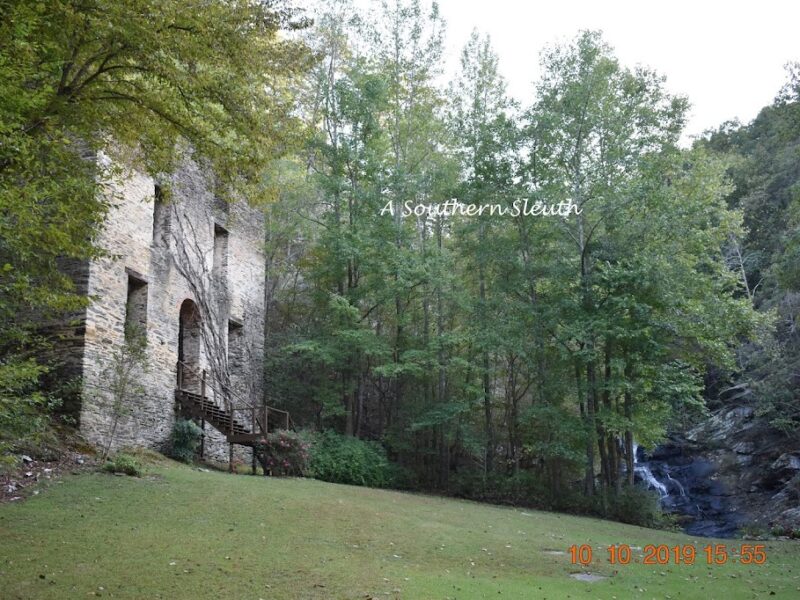
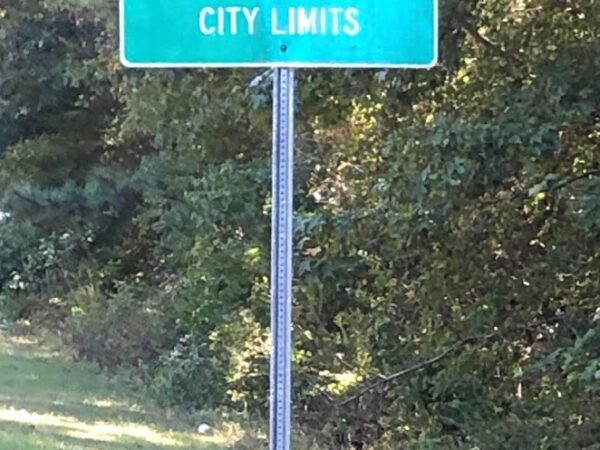
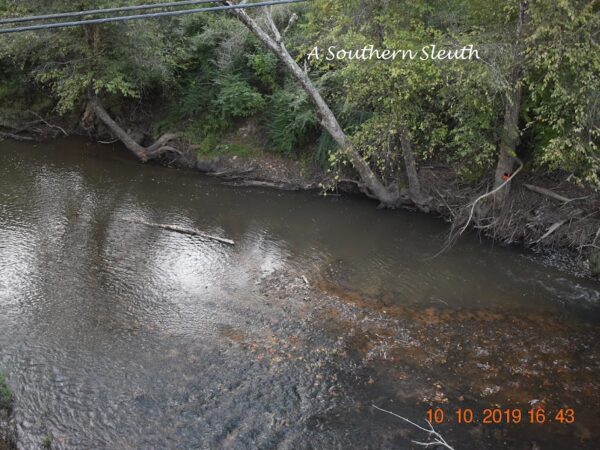
Makes me wonder: Did you find a cause of death for John and Olivia or any other health remarks about them recorded anywhere during their lives ?
I have loved reading John's story and sharing his journey with you Michelle. What a wonderful treasure to have that photo of the men. We surely don’t always know why our ancestors did what they did. But, one thing we’ve all learned in our research. Our ancestors moved around a whole lot more than we ever thought they did.
Looking forward to your next story.
I'm not sure how I missed this series but so glad to have caught up now. I love how you weave your own stories in with those of your ancestors.
Oh how I wish we knew. Both died before Oklahoma became a state and so we really don't have any idea. There was a lot of smallpox then, but we just have no idea. John and Olivia were fairly old for the time, but as for Frank and Sally—they just weren't that old.
Thank you Diane. These folks were gypsies for sure. I listened to Curt Witcher from the Allen County Library at Fort Wayne speak at Rootstech and he said that it was difficult for people to move in those days and so knowing why is significant. It's sure hard for me to imagine why John and Olivia moved as much as they did and sometimes they didn't stay very long.
Thank you so much Debi!
I'm going to have to go back and catch up on this story! What an amazing story – and I LOVE the photo.
It's really a cool photo isn't it? I don't have many photos, but I am so grateful for this one.
You know, Michelle, I think some people just live out their view of life even when it seems to make no sense. My dad and his dad both lived out their view of the American Dream which for them meant being in business for themselves. They didn’t always make smart choices, but how would they know at the time? Maybe John was that way – looking for opportunity. I don’t know. Your reflections on what it all means certainly make the story worth telling.
That's a really good point Wendy. Some of his choices seemed to obvious, but there were others that really left me scratching my head. But I like your thought that maybe he was just living out his view of life. Thanks for your comments!
This was such a wonderful series, Michelle, and I love that photo. I hate those big unanswered questions, too. If you do ever find out more, I look forward to hearing about it, because it doesn't make sense to me either.
Thank you Anna. I sure let it go a long time before that last post and the longer it went, the more stressed I got about it. I just don't feel fully satisfied with what I know, so I will forever keep looking for more—I think you know how that goes Anna!
Michelle, you are a master storyteller! I admire your ability to turn facts into "stories" that come alive. These people come out of the past, and are so real through your words. Thank you for sharing. I miss you, my friend!!!
Thank you for your kind words Myrna. As I really dig in and research them, I begin to love them and they become so much more than names on a page.
I miss you too.